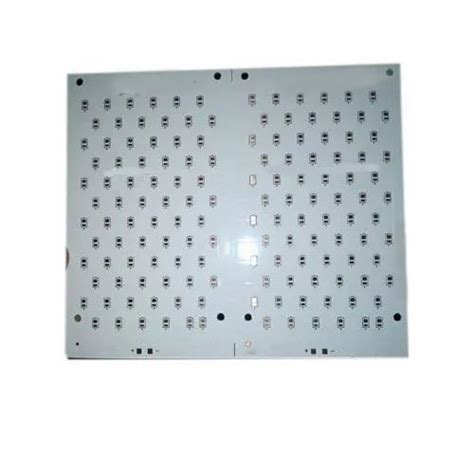
ALL ABOUT FLEX PCB
-
ABOUT METAL CORE PCB/MCPCBS
Posted by
–
 Read more: ABOUT METAL CORE PCB/MCPCBS
Read more: ABOUT METAL CORE PCB/MCPCBSWhat is a Metal Core PCB (MCPCB)? A Metal Core Printed Circuit Board (MCPCB) is a specialized type of PCB that incorporates a metal substrate as its base material instead of the traditional FR-4 or other dielectric materials. The metal substrate, typically aluminum or copper, provides excellent thermal conductivity, allowing […]
-
CEM 1: What You Need To Know
Posted by
–
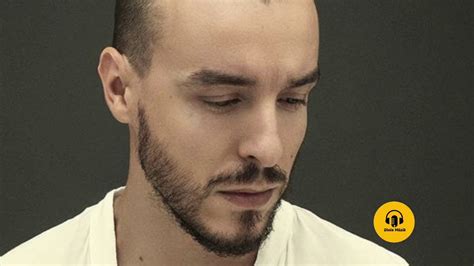 Read more: CEM 1: What You Need To Know
Read more: CEM 1: What You Need To KnowIntroduction to CEM Essentials Customer Experience Management (CEM) has become a crucial aspect of modern business strategy. In today’s highly competitive market, delivering exceptional customer experiences is key to attracting and retaining customers, driving loyalty, and ultimately, achieving business success. CEM 1 is the foundation of understanding and implementing effective […]
-
What is the core of a PCB?
Posted by
–
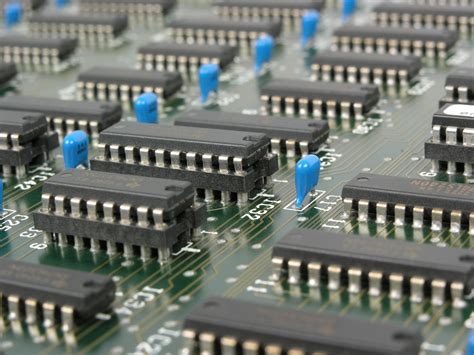 Read more: What is the core of a PCB?
Read more: What is the core of a PCB?Introduction to PCB Cores At the heart of every printed circuit board (PCB) lies its core, a fundamental component that provides the foundation for the board’s structural integrity and electrical performance. The core of a PCB is a critical element that plays a significant role in determining the overall quality, […]
-
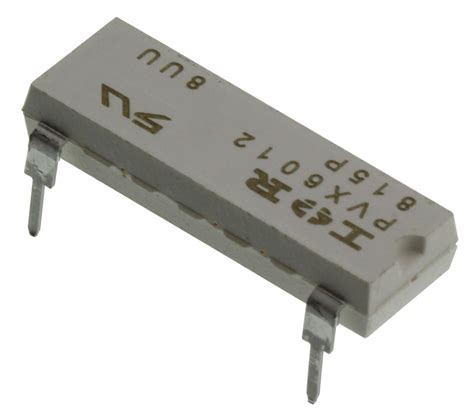 Read more: MOSFET Solid State Relay: An Ideal Choice for Applications
Read more: MOSFET Solid State Relay: An Ideal Choice for ApplicationsWhat is a MOSFET Relay? A MOSFET (Metal-Oxide-Semiconductor Field-Effect Transistor) relay is a type of solid state relay that uses a MOSFET as the switching element. Unlike traditional electromechanical relays, MOSFET relays have no moving parts, making them more durable and faster in operation. They provide electrical isolation between the […]
-
How Well Do You Know About Aluminum PCB
Posted by
–
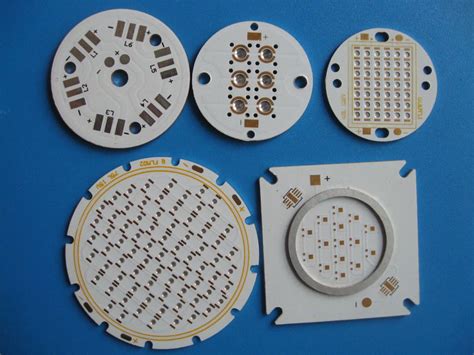 Read more: How Well Do You Know About Aluminum PCB
Read more: How Well Do You Know About Aluminum PCBWhat is an Aluminum PCB? An aluminum PCB is a printed circuit board that uses aluminum as the base material instead of the more commonly used FR-4 fiberglass. The aluminum substrate provides excellent thermal conductivity, allowing heat to dissipate quickly from the components mounted on the PCB. This makes Aluminum […]
-
Why Choose RAYMING for Aluminum PCB
Posted by
–
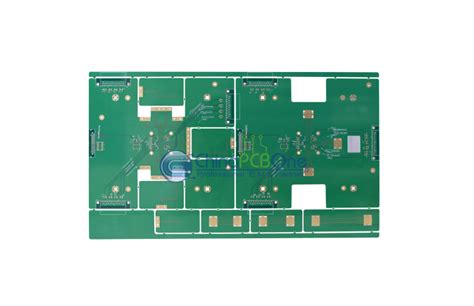 Read more: Why Choose RAYMING for Aluminum PCB
Read more: Why Choose RAYMING for Aluminum PCBWhat are Aluminum PCBs? Aluminum PCBs, also known as metal core PCBs (MCPCBs), are printed circuit boards that use an aluminum substrate instead of the traditional FR-4 material. The aluminum substrate offers several advantages over FR-4, making aluminum PCBs an excellent choice for applications that require high thermal conductivity, such […]
-
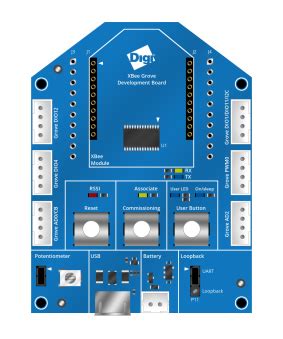 Read more: Xbee pinouts: Introduction, Uses, and Applications of The RF Module
Read more: Xbee pinouts: Introduction, Uses, and Applications of The RF ModuleIntroduction to Xbee Modules Xbee modules are small, low-power, and low-cost wireless communication devices that use the IEEE 802.15.4 protocol for data transmission. They are designed and manufactured by Digi International and are widely used in various applications such as home automation, industrial monitoring, robotics, and wireless sensor networks. Xbee […]
-
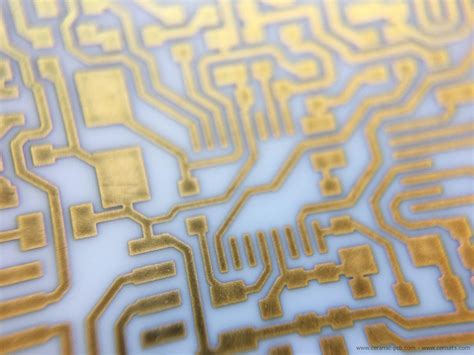 Read more: AlN and Alumina Substrate Ceramic PCB One-Stop Manufacturing
Read more: AlN and Alumina Substrate Ceramic PCB One-Stop ManufacturingIntroduction to AlN-Alumina PCBs Aluminum Nitride (AlN) and Alumina (Al2O3) are two popular ceramic materials used as substrates for manufacturing high-performance printed Circuit Boards (PCBs). These ceramIC Substrates offer unique properties that make them ideal for applications requiring excellent thermal conductivity, high electrical insulation, and mechanical stability. Properties of AlN […]
-
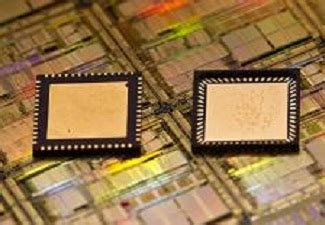 Read more: IC Substrate: Everything You Must Know About Integrated Circuit Substrates
Read more: IC Substrate: Everything You Must Know About Integrated Circuit SubstratesWhat is an IC Substrate? An integrated circuit (IC) substrate is a thin board or base layer that provides mechanical support and electrical interconnections for semiconductor devices, such as microprocessors, memory chips, and other integrated circuits. The substrate acts as a foundation upon which the IC components are mounted, allowing […]
-
Printed and flexible electronics
Posted by
–
 Read more: Printed and flexible electronics
Read more: Printed and flexible electronicsIntroduction to Printed and Flexible Electronics Printed and flexible electronics, also known as Flexitronics, is an emerging field that combines the advantages of traditional electronics with the flexibility and affordability of printing technologies. This innovative approach to electronics manufacturing has the potential to revolutionize various industries, from consumer electronics to […]




